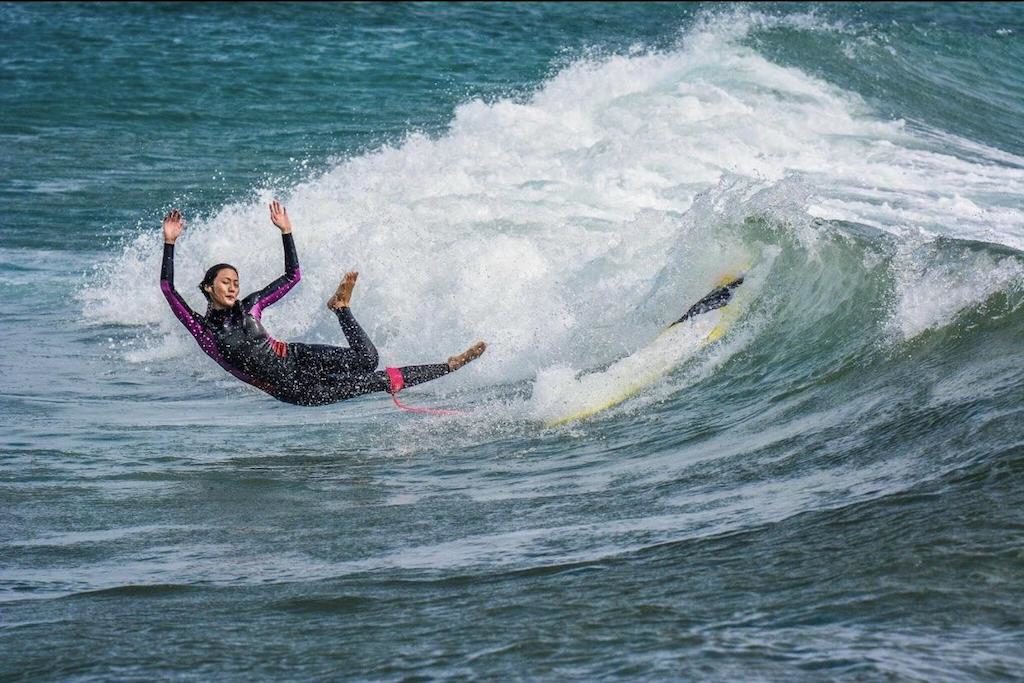Health hazard, call police etc.
Every ten years or so, a coke shipment from South America via the French ports of Saint-Nazaire or Le Havre is lost at sea and is, eventually, washed onto the beaches around Hossegor, site of October’s Quiksilver Pro.
Over the past few weeks, almost one tonne of cocaine with an estimated purity of eighty-three percent (oowee) has washed ashore on the beaches from Lacanau, just north of Hossegor, to Biarritz, thirty-minutes south.
On Monday, a seventeen-year-old was arrested with five kilos of coke in Lacanau. He’d driven three hours from Toulouse to secure his bounty.
The cops have closed beaches and are searching beach walkers and anyone leaving a beach carpark.
According to the wire,
Philippe Astruc, the prosecutor in the western city of Rennes, where officials are coordinating the searches, said in a statement “we’ve recovered 872 kilos” and that “Intense surveillance has been set up by different services, notably the customs agency, all along the French coast.”
The prosecutor has urged people who spot packages not to discreetly put the packets under their shirts but to immediately call the police.
Police also said the purity of the coke, worth sixty-mill or so on the street, meant it was a health risk.
(A polite way of telling users to cut it a little before painting your beak.)
And buy Chas Smith’s Cocaine and Surfing here.






